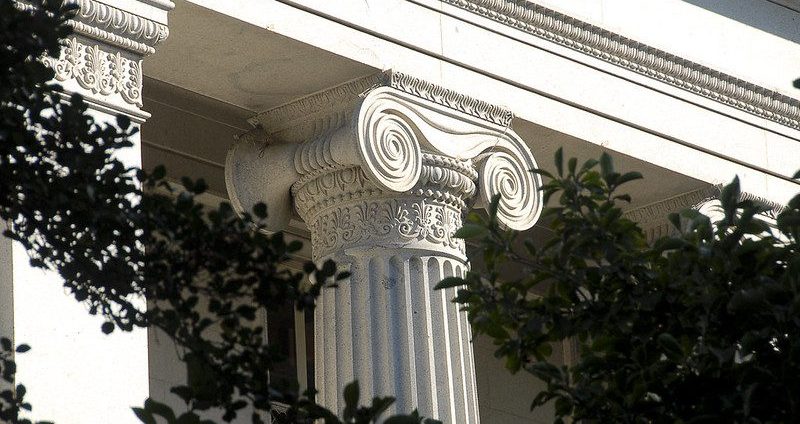This blog post is an excerpt from GovLoop’s recent guide “7 Tips to Transform Your Data Into Compelling Stories.” Download the full guide here.
Among businesses that need to understand and maximize data, banks are at the top of the list. When banks fail to deliver the right numbers, the results are disastrous.
The Treasury Department faces similar pressure.
“Treasury sits in some ways in the center of the federal government because we’re the financial managers for the rest of the government,” said Justin Marsico, Deputy Assistant Commissioner and Data Executive at Treasury’s Bureau of the Fiscal Service. “And at the heart of that financial management activity is data.”
The federal government spends $500 billion a year – the size of a midsize nation’s economy – on contracts ranging from office supplies to national defense systems, and the Bureau of the Fiscal Service is responsible for financing government operations in a variety of ways. Therefore, these contracts require a careful eye and meticulous processing to weed out waste and answer simple questions of affordability.
The bureau aims to elevate the fiscal process from rote – or repetitive and manual – reporting of financial contracts to deep and thoughtful analysis, enabling financial managers across federal agencies to strategically plan their spending for years ahead. By using detailed data that Treasury maintains, Marsico hopes that agency financial managers will be able to critically evaluate the costs and benefits of supporting programs or contracts.
Marsico said a big challenge in the federal government has been shedding the perception of data as strictly an accounting tool. Data, he said, can increase the performance of individuals and programs and identify efficiencies and cost savings.
While chief financial officers (CFOs) often have to spend a large amount of their time balancing budgets, their job isn’t as simple as addition and subtraction. Agencies’ balance sheets are incredibly complex, with moving parts across payout dates, money coming in and differing contract lengths. CFOs need to take stock of it all.
This sort of analysis is necessary for an efficient and effective government, but it takes away time and thought that could be spent looking to the future – toward new programs or ways to reduce costs.
Treasury is building out data visualizations that will tell financial managers the story of their money. These tools, which lend easy insights and courses of action, remove rote and manual processes from the CFO wheelhouse.

Instead, CFOs will be able to take a step back and evaluate important projects or initiatives that could offer agencies the financial flexibility to do more along the mission lines. Treasury is also leading efforts to make sure its employees have the skillsets to generate insights for agencies.
“That’s the direction that the Treasury is hoping to lead the financial management community over the next eight to 10 years: away from the kind of rote reporting, simplistic, just keeping-the-lights-on approach to financial management – to a more strategic approach,” Marsico said.
Photo Credit: The Treasury Department Flickr





Like I always say, data is the future of decision-making!